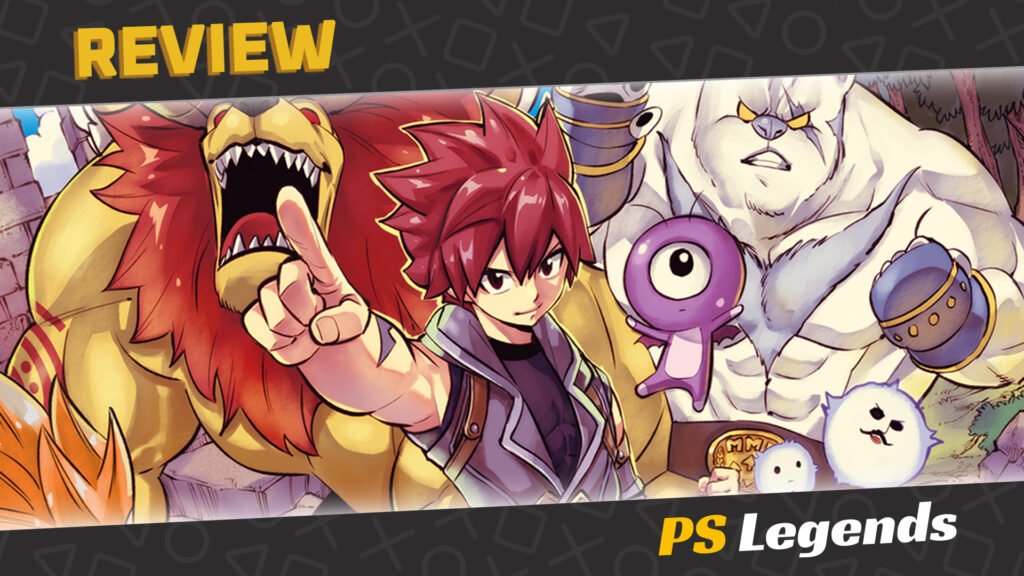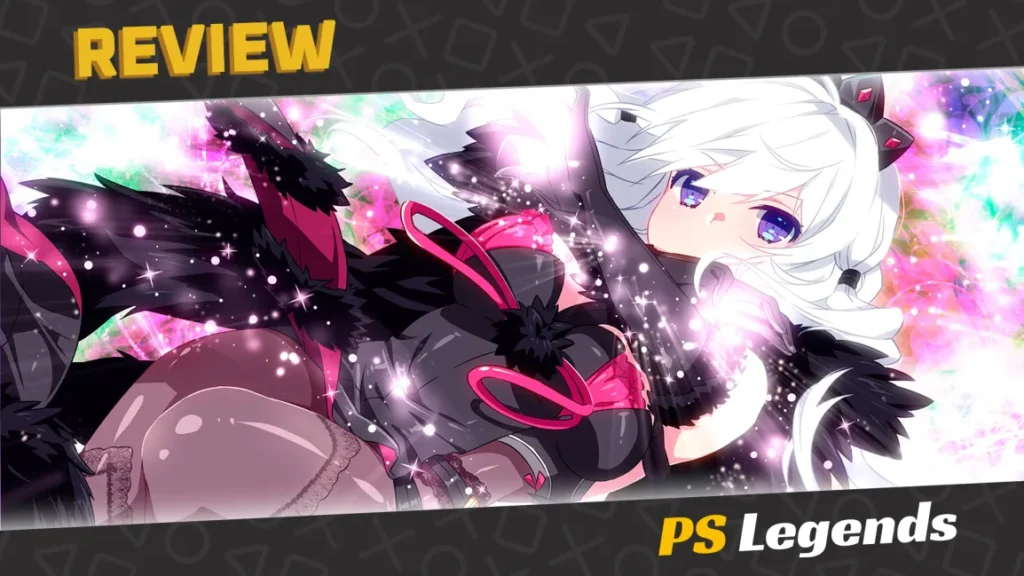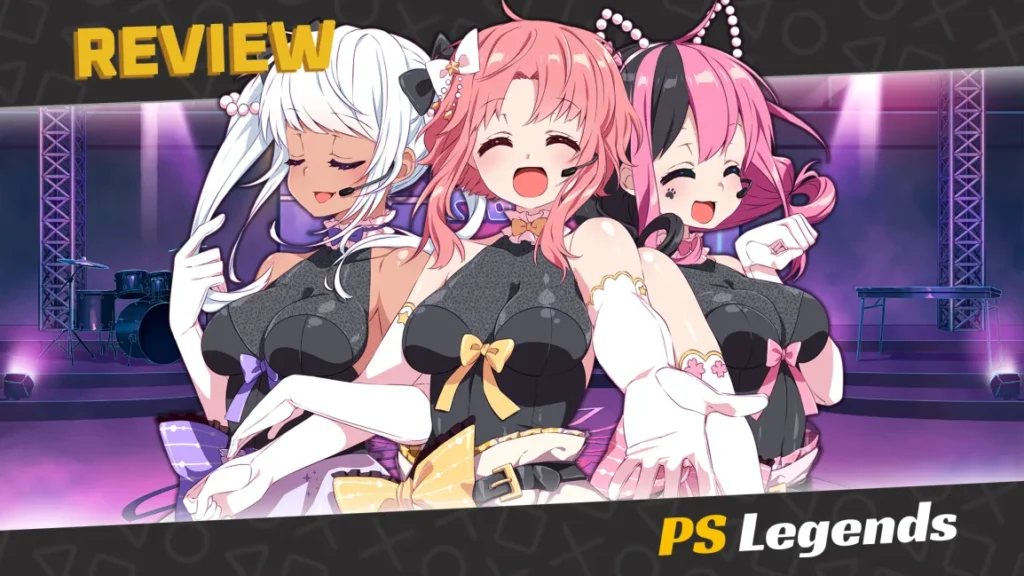After being teased for many years, Farmagia, a project from Marvelous in conjuction with none other than the creator of Fairy Tail and Edens Zero, is here.
Marvelous is no stranger to trying out new ideas, as they did with the release of Silent Hope, so what happens when you get the Story of Seasons developer and combine it with the creative mind of Hiro Mashima?
The World of Felicidad Awaits
In Farmagia, our story takes place in the world of Felicidad, which is composed of six small islands where farmers known as Farmagia raise and command monsters, and live in harmony under the watchful eye of the Magus Diluculum and his group of soldiers called the Oración Seis.
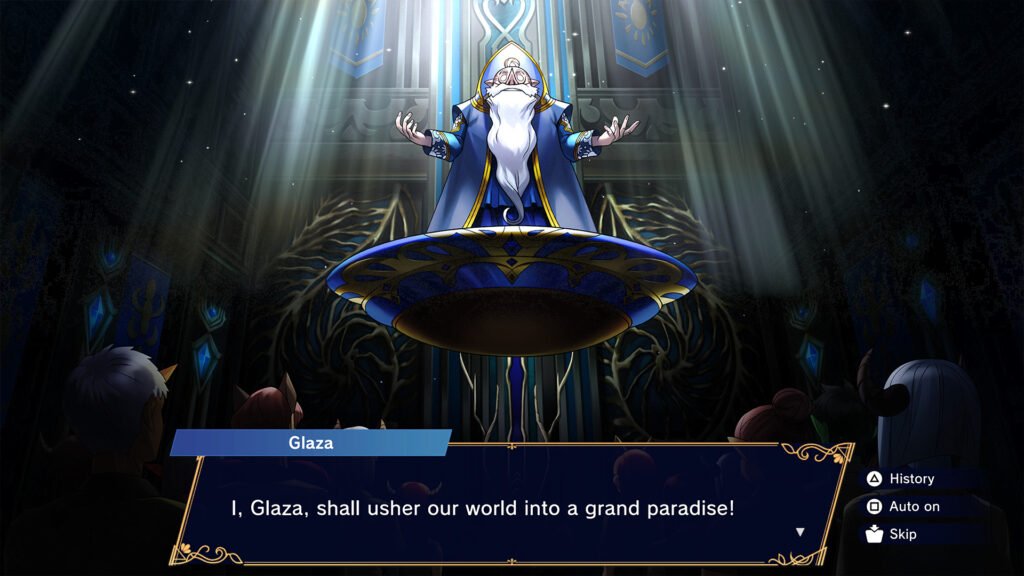
However, the peace that once ruled the land was quickly dashed after the untimely death of the current Magus, which caused Glaza, one of the Oración Seis, to seize control of the throne. And unfortunately, he rules with an iron fist, creating a sort of status quo where whoever he deems unworthy will just be forced to live as a slave for the rest of their lives.
However, Nares of the Oración Seis will have none of that, and has defected to create a rebellion force against him, branding herself as a traitor. She won’t be alone though, as our protagonist, a newbie Farmagia by the name of Ten, together with his group of friends, join Nares inthe battle against Glaza. And so it begins, as their journey has them explore Felicidad’s treacherous lands, in hopes that peace reigns over Felicidad once more.
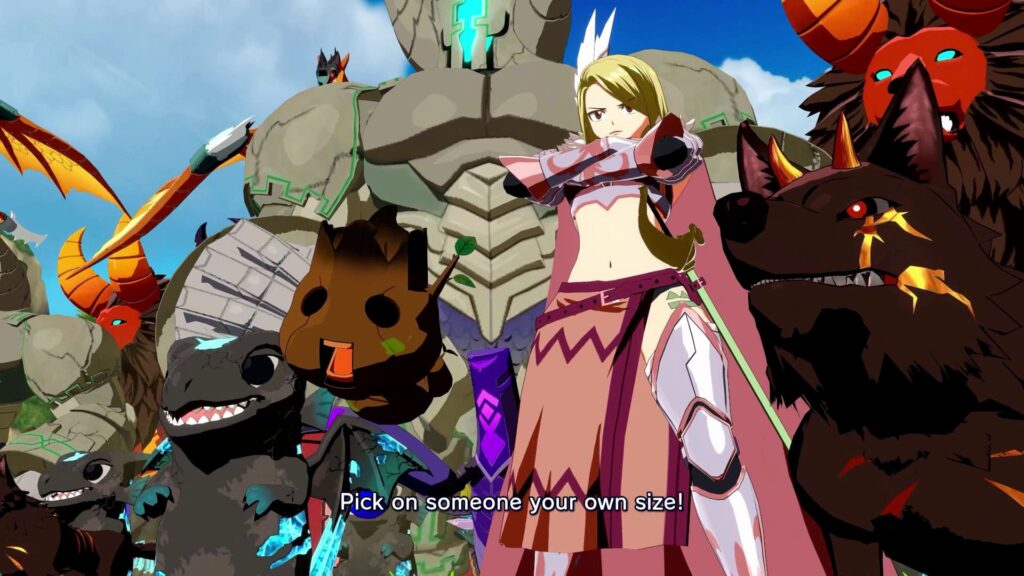
OK, so…the story is not one of the game’s strongest points, if I’m being honest. It’s not bad per se, but it’s also not something that would give some of my favorite titles a run for their money. And this is mostly due to how the entire premise is a little too predictable. This is especially true for the first half of the story, which feels like unecessary fluff at times.
You just go around the various continents, liberate them by defeating the Oración Seis general that’s guarding the island. And oh, don’t forget the overused “power of friendship” trope. However, things start to get a little more interesting once you’re past that, but let’s just say I don’t recommend you raise your expectations that much.
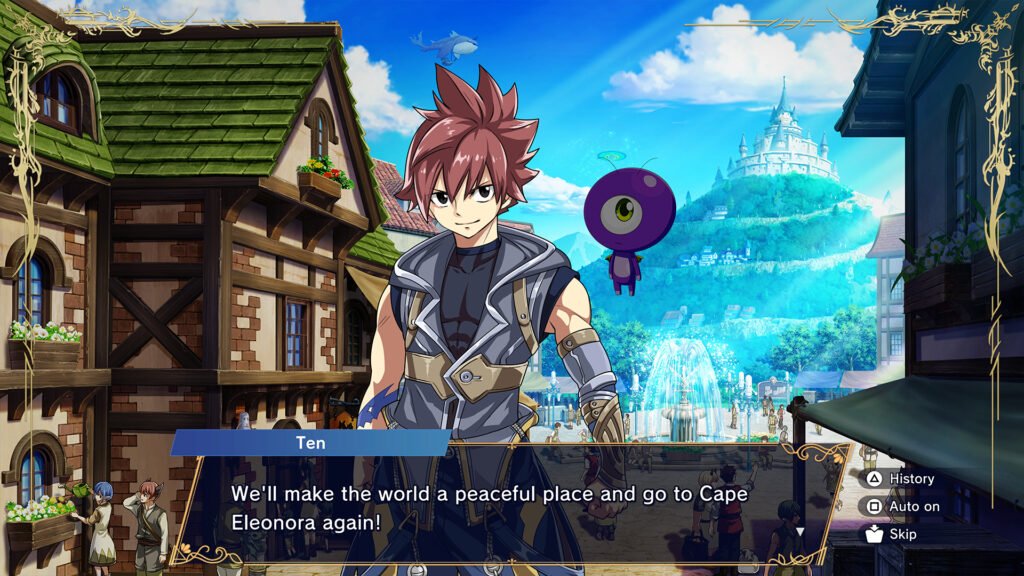
Crops? Nah, We Raise Monsters Here
In Farmagia, the gameplay loop consists of three main points that you’ll be doing on a daily basis. First, you head to your Farm and raise new monsters by planting their seeds. Next, you train them in your Ranch, by raising their levels. Finally, you head over to the Mazes in order to progress the story. Let’s go a bit more in-depth in the following topics:
Grow Big and Strong!
Your Farm is one of the most important parts of the game, as it’s what allows you to raise and grow more monsters for you to succeed at clearing the Mazes. There are two main components: the Farm itself, and the Ranch. Tilling the soil, watering your “crops”, or weeding the place will consume your Farmagia Points, or FP for short, which start at 40.
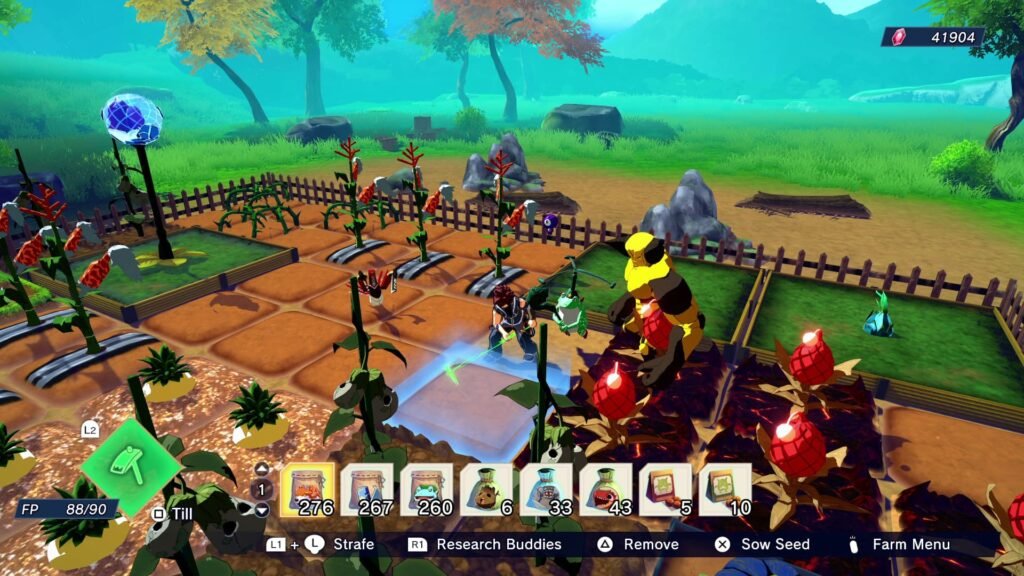
Each monster seed is divided into two types: Battle Buddies and Research Buddies. The former’s purpose is to boost your ranks when going into the Mazes and the latter is for obtaining specific materials for the Research Notes.
You can also use Crop Boosters and Accelerators that are crafted from the Magic Shop or purchased using a red ruby-like currency called Magia, which can be easily obtained by either going into the Mazes, or selling the Research Buddies you’ve grown. The game does that second point automatically, and I didn’t find myself running out of Magia, it’s super easy to come by.
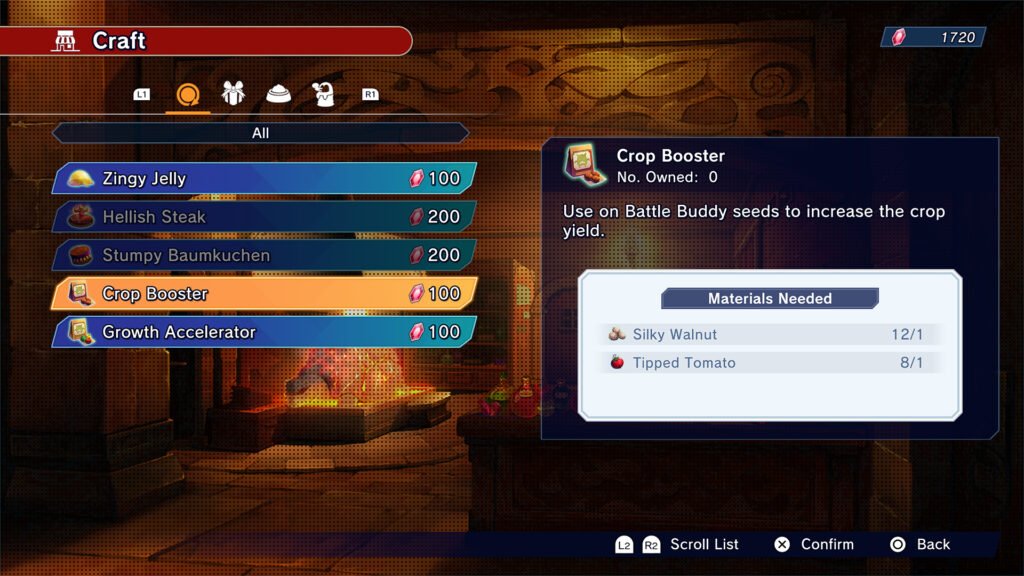
Expand Your Farm
In the Research Notes, you can spend Research Points to obtain upgrades such as more FP, a bigger farm, and a way to obtain evolved, stronger forms of your Battle Buddies, making your Maze adventures a lot easier.
However, some nodes will require that you submit an item or complete a specific side quest before you can unlock it. This is definitely a challenge in the beginning because the only way to restore your FP back to maximum is by going inside the Mazes, and some of the upgrades in this skill tree are behind some rather monotonous quests.
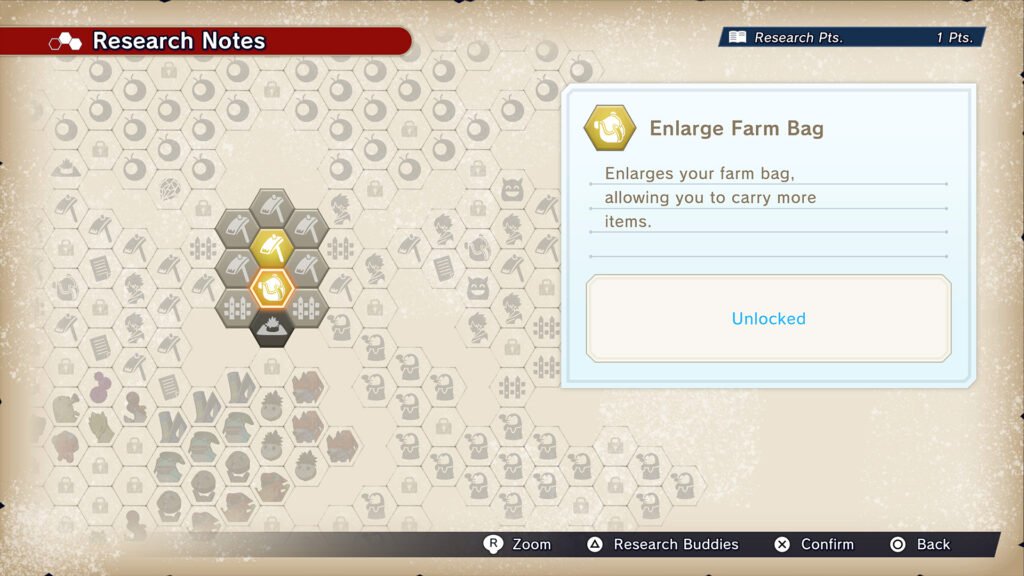
Wait, It’s Suddenly a Rougelite?!
Now, I went into Farmagia completely blind, as I’ve intentionally sequestred myself from just the opening cinematic that plays when the game is started, a few trailers, and its keyart. I had the initial feeling that this was an RPG with farming sim elements to it. Kind of something like Rune Factory, if you will. But Farmagia’s Mazes introduced elements of gameplay I did not expect at all.

Upon your preparation for the Mazes, you can choose up to four Battle Buddies to accompany you with. There’s a max limit of how many you can take at first, and as you progress through the story, different characters can be chosen as the leader, with each of them having different abilities.
After you’ve defeated all the enemies in a given area, the Maze can either spawn Item Vines, which you can open to obtain seeds and crafting materials, and Fairy Ivys, which contain spirits that will enhance your skills, such as increasing your movement speed, or making your monsters deal more damage.
Now, it is somewhat random as to which Skill each plant will provide, and there’s a limit to how many you can hold. Furthermore, some Fairies will have some really good buffs, but are typically offset by a negative effect, but you can seal the latter if you have a specific amount of Fairies of the same color. So you have to balance carefully on which Spirits you need.
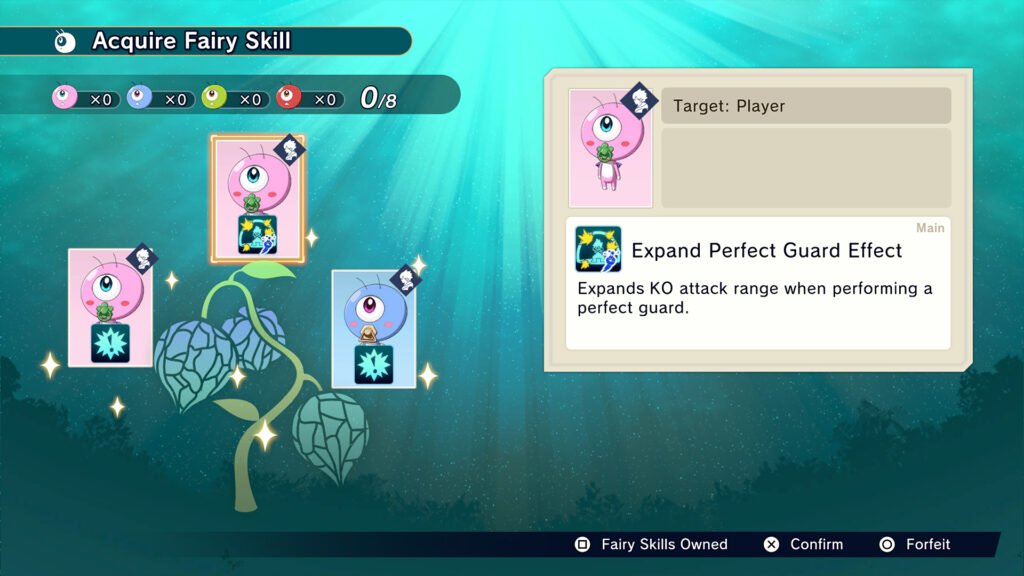
Monster Rancher If It Was an Action RPG
The combat is surprisingly fun, and it’s surprisingly not complex at all. It has this sort of action RPG quirk to it, with enemies that will take more damage from certain monsters, and perhaps shockingly, the way you deal damage is by simply spamming the face button that is assigned to a specific monster, which reminds me of Pikmin.
By holding R2 and pressing one of the face buttons, you’ll be able to unleash a Rush attack where if you succeed, you can then press R1 to perform a Legion Attack. Furthermore, pressing R1 at the right time allows you to do a perfect guard. Yeah, this game has perfect guards! And the more you do it, the better you’ll accumulate combos.
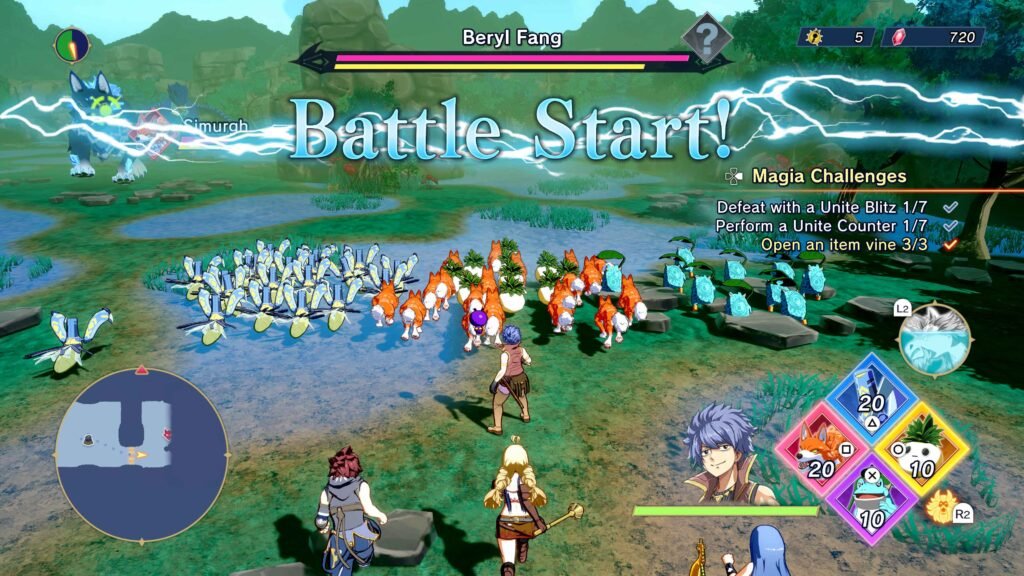
Still, the Mazes felt a bit bland to me. At most, they’re just wide squares with monster waves that you must defeat, and then eventually, after going through many portals, you arrive at the Maze’s demi-fiend boss. Even when you switch to a different continent later in the story, you’ll find it’s the same layout, just with maybe a changed background.
A Relatively Easy Game?
In town, you can accept quests that mostly consist of delivering a certain type of material, defeating a certain amount of monsters, or going through a maze with just a specific type of Battle Buddy, but I’ve found the game to be relatively easy.
Perhaps what’s interesting to me is that Farmagia does not tell you it has a difficulty selector. Instead, it’s tucked away in the Settings and cannot be changed unless you’re at the title screen. It also doesn’t make it clear on what exactly is being affected by your difficulty choice.
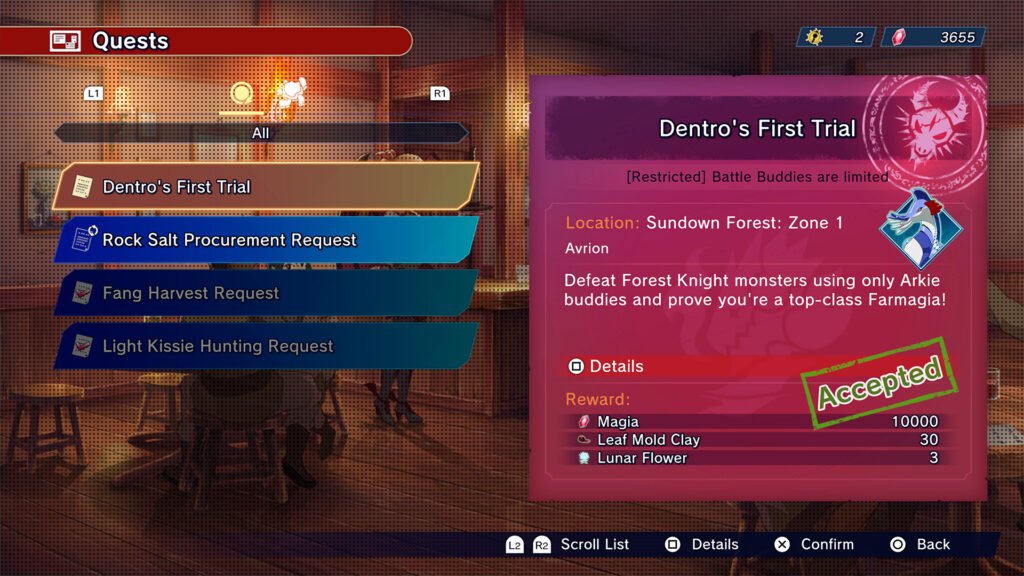
Value Your Bonds
Throughout the story, Farmagia has the protagonist form Pacts with the Elemental Spirits that look over each of the islands of Felicidad. There are six elements in total: Dark, Wind, Fire, Water, Light and Earth. By clearing their quests and giving them gifts, you unlock side stories, which bring you some deep insight into the spirits themselves.
Instead, by deepening your bond with these spirits, they will be able to strengthen your Fusion Monster, an ability where by pressing L2, you use your Farmagia powers to perform the equivalent of a Polymerization, and deal a LOT of damage to all enemies on screen.
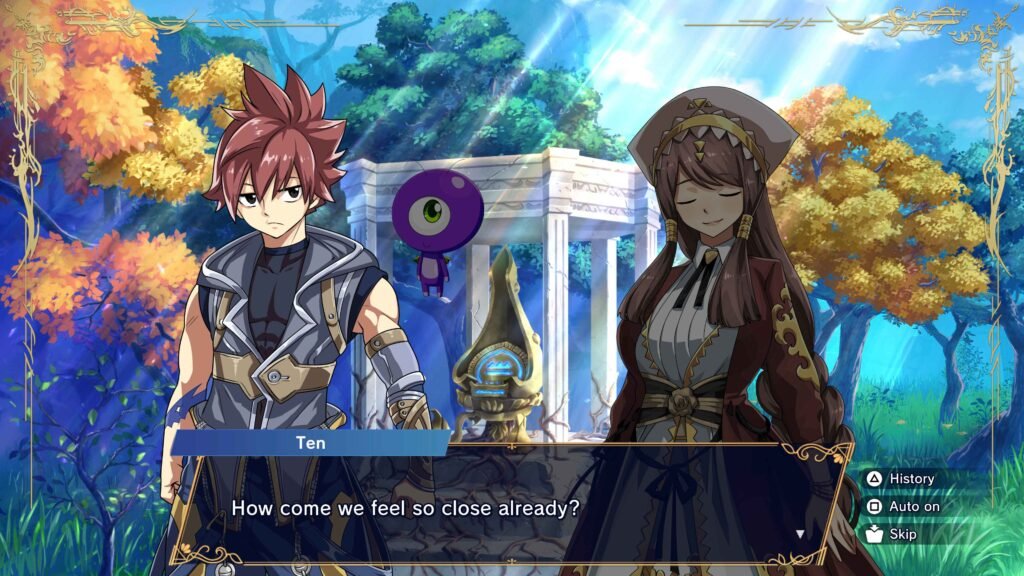
Yep, That’s Hiro Mashima, All Right…
Farmagia’s characters and monsters are all designed by Hiro Mashima, the creator of Fairy Tail. And you can practically figure that from a mile away. And this, I feel, is a two-pronged sword. On one hand, I like his art style, but on the other, it’s blatantly obvious that some characters recycle design cues of his past works.
I mean, Ten literally looks like Natsu, even down to his hot-headed personality, and Arche and Nares feel like a loose variation of Lucy. And according to a friend, even the term “Oración Seis” is something that was lifted from one of his past works. While the main plot itself is completely original, if you told me this was an alternative Fairy Tail universe, I would totally believe you.
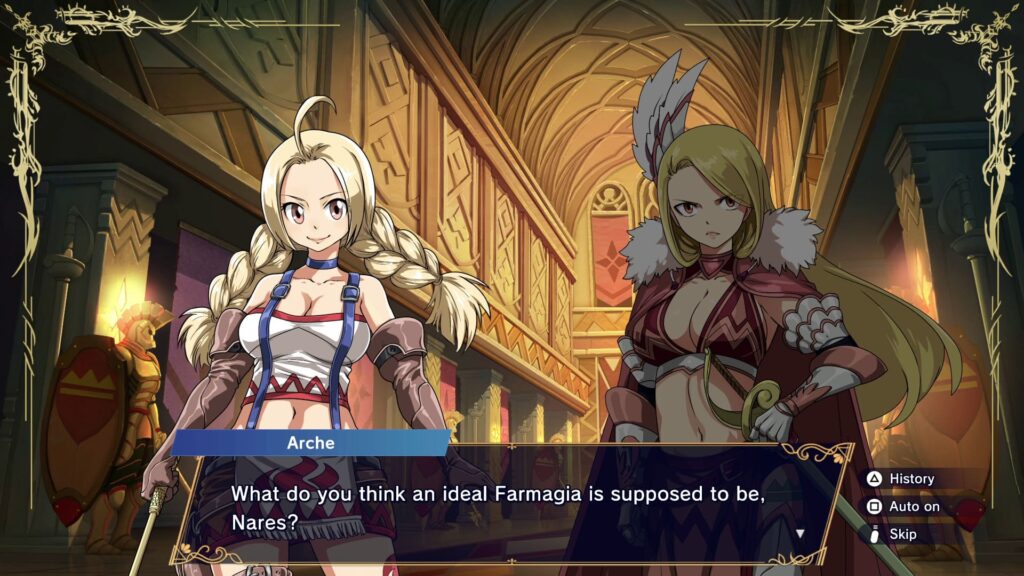
There’s no harm in the characters being recognizable at a distance, but I kind of wish that they were a little more varied. It just feels that every game I see Hiro Mashima touch, he’ll just reuse his designs. While the man himself often jokes about how his characters all look similar, I don’t find that funny. In fact, I find that to be just lazy.
In terms of performance, Farmagia looks like it doesn’t even break a sweat with the PS5’s capabilities. Before you can even blink, the game finishes loading to the next scene, and even when the action gets heavy with lots of monsters on screen, you can barely see the game drop frames. You can even turn off some effects to make battles go by even quicker.
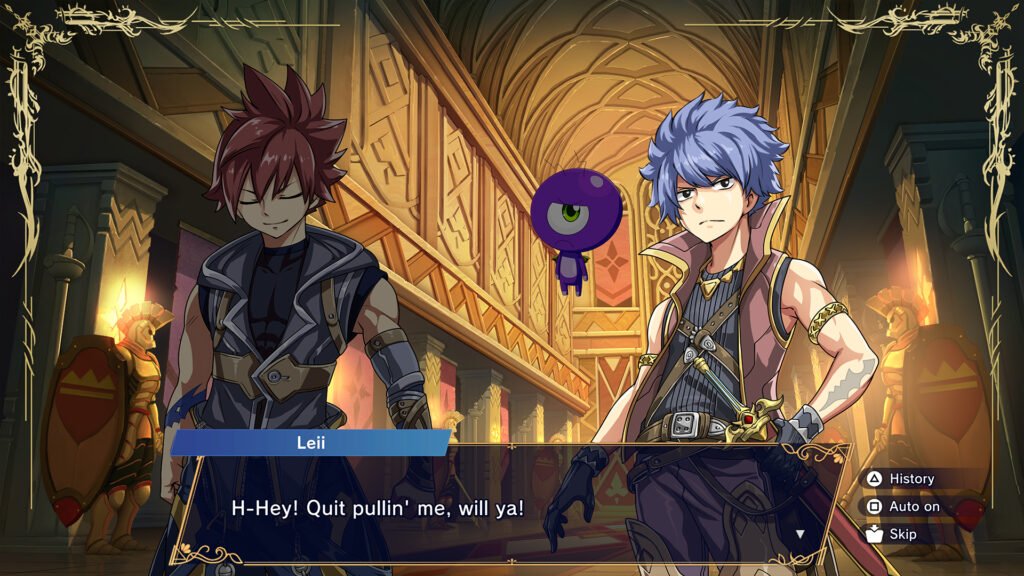
Completing the Monster Dex
On average, each story chapter for Farmagia will take you about three hours, which given that there are a total of two acts of six chapters each, you’re looking at about 40 to 50 hours and beyond if you rope up the additional side quests, varying of course from player to player.
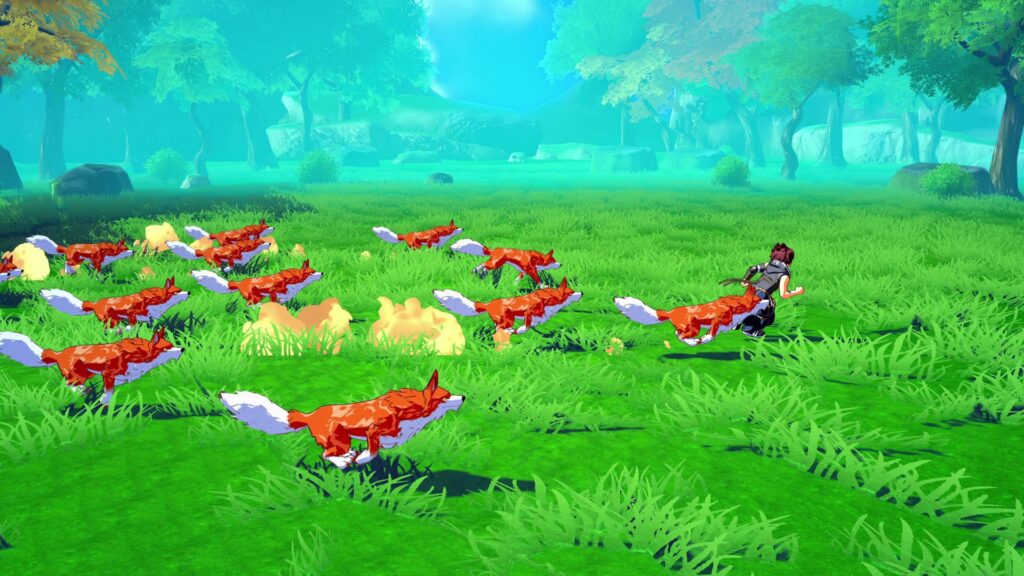
For the platinum, most of the trophies rely on you grinding a lot, such as unlocking every single panel of the Research Notes for the Monster PhD trophy, or harvest all twelve Yeah, basically complete the whole “Pokédex” of the game. Quite the task, but not one that is particularly diffcult. If I had to place a word, I would use the term grindy.
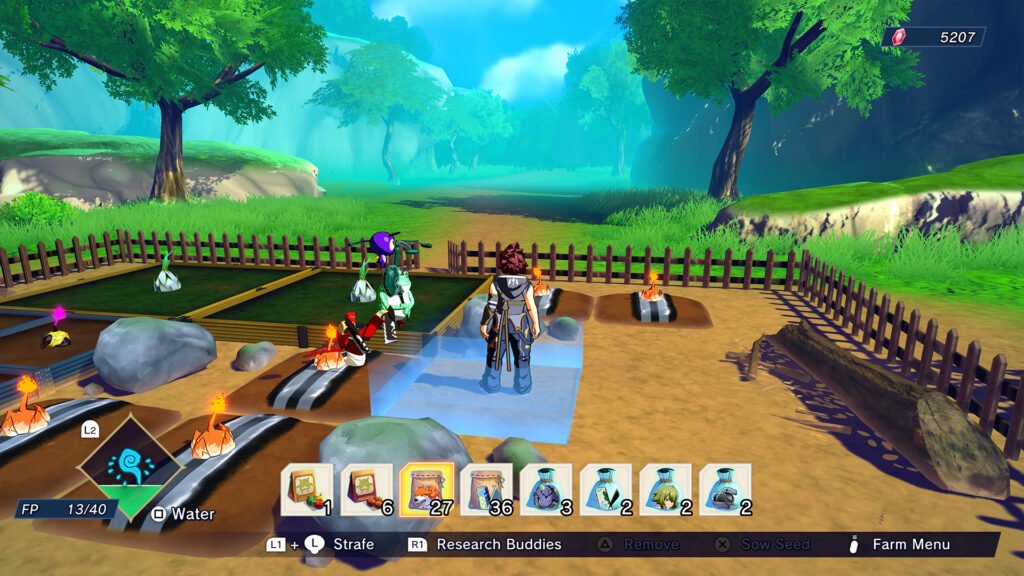
An Oddly Enjoyable Game, In Quick Bursts
Farmagia is a surprising title that offers a decent amount of charm with some interesting gameplay elements to it. Its quirky story may be rather lacking in some parts, but it’s still a good game, even if its gameplay is wildly different than what I had initially thought.
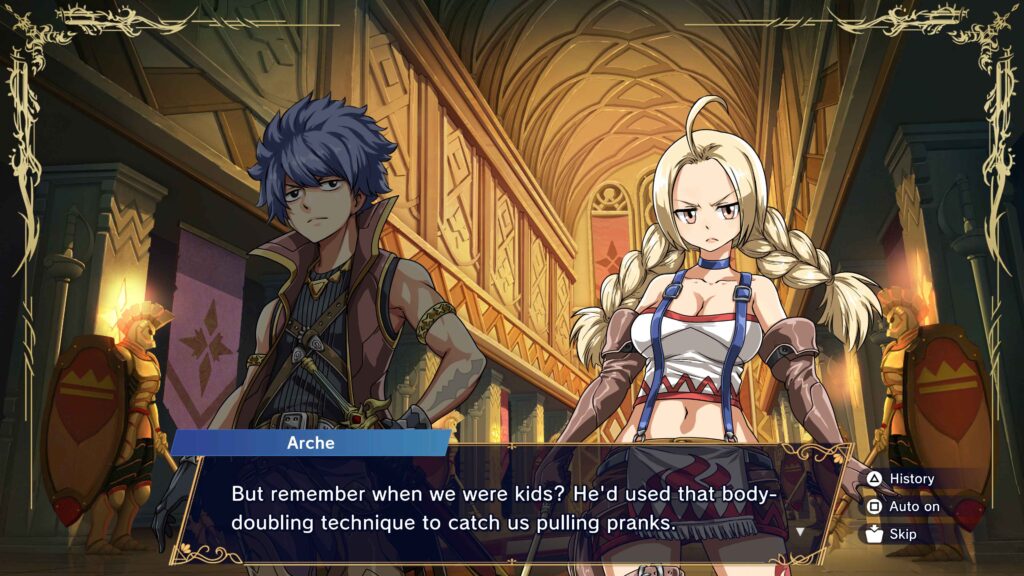
Even after playing the game for several hours and exploring many of its mechanics, I still feel the jury is still out on who exactly is this game aimed for. There is a lot of fun to be had, but not so much fun as to want to play it in extended play sessions, with its many intricate mechanics becoming exhausting even after just one or two hours.
Now, the recycled character design is one of the main reasons I have to take this game down a peg or two, because although I loved the cel-shaded art style, I still feel there could’ve been a bit more effort from the so-called “creative genius” of Hiro Mashima, but alas, this habit of his might never be truly gone. But still, this is a game that has Marvelous all over it, so I can totally recommend giving it a try.
Joys
- Addicting gameplay loop
- Great performance on PS5
- A weird element of surprise
Cons
- Character designs feel a bit too samey
- The first half of the story is basically fluff
